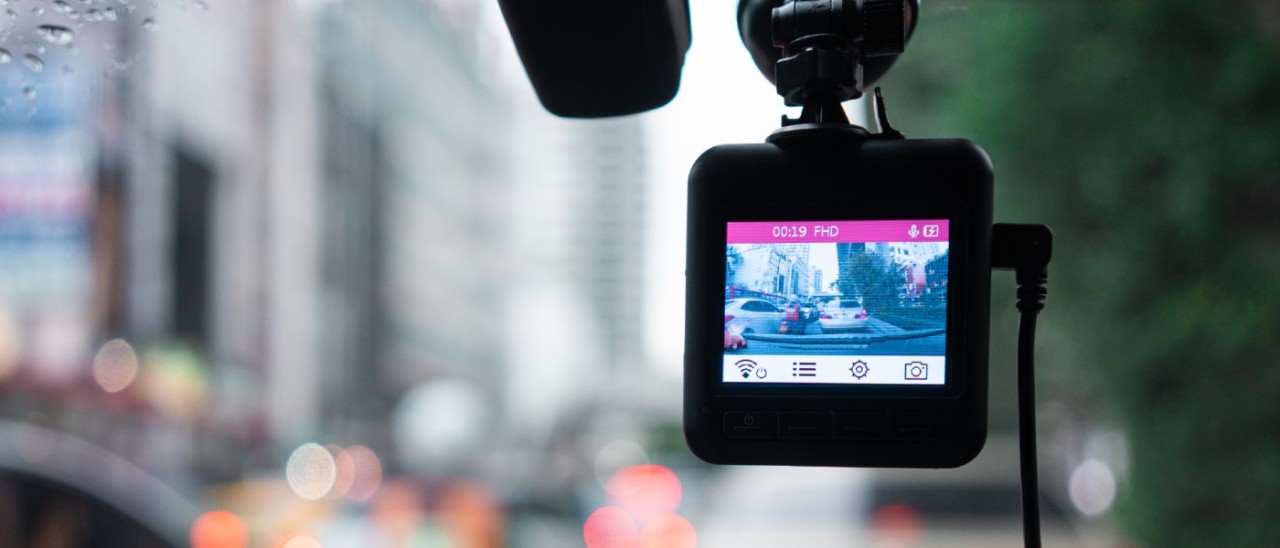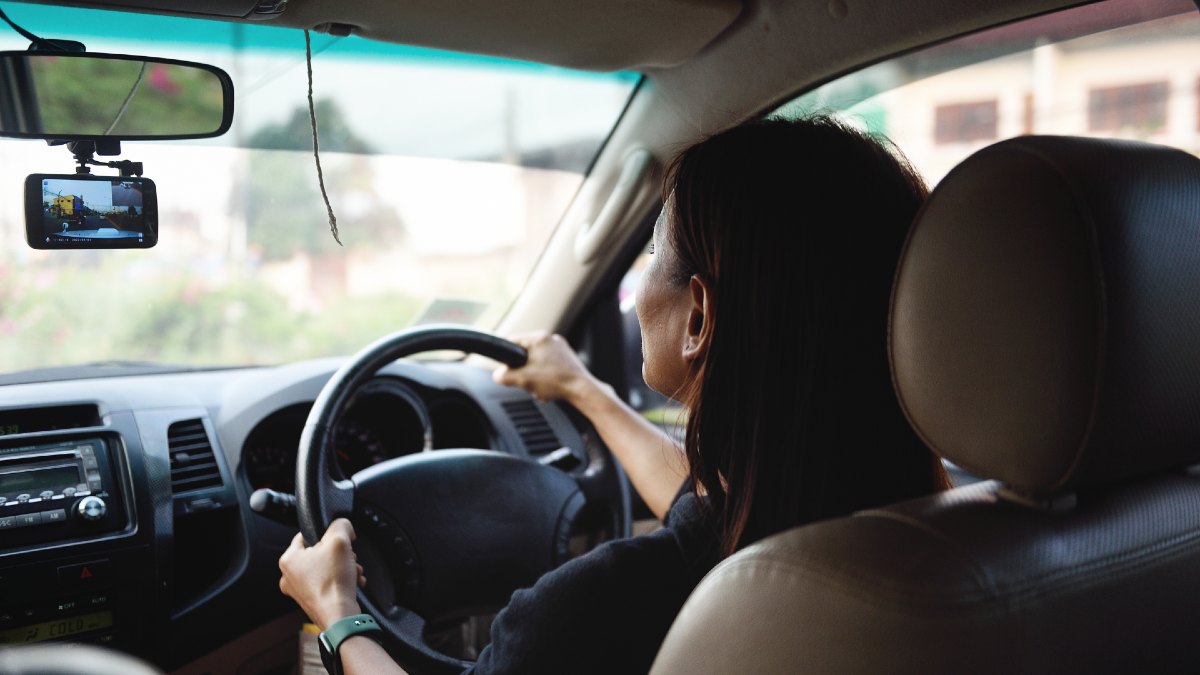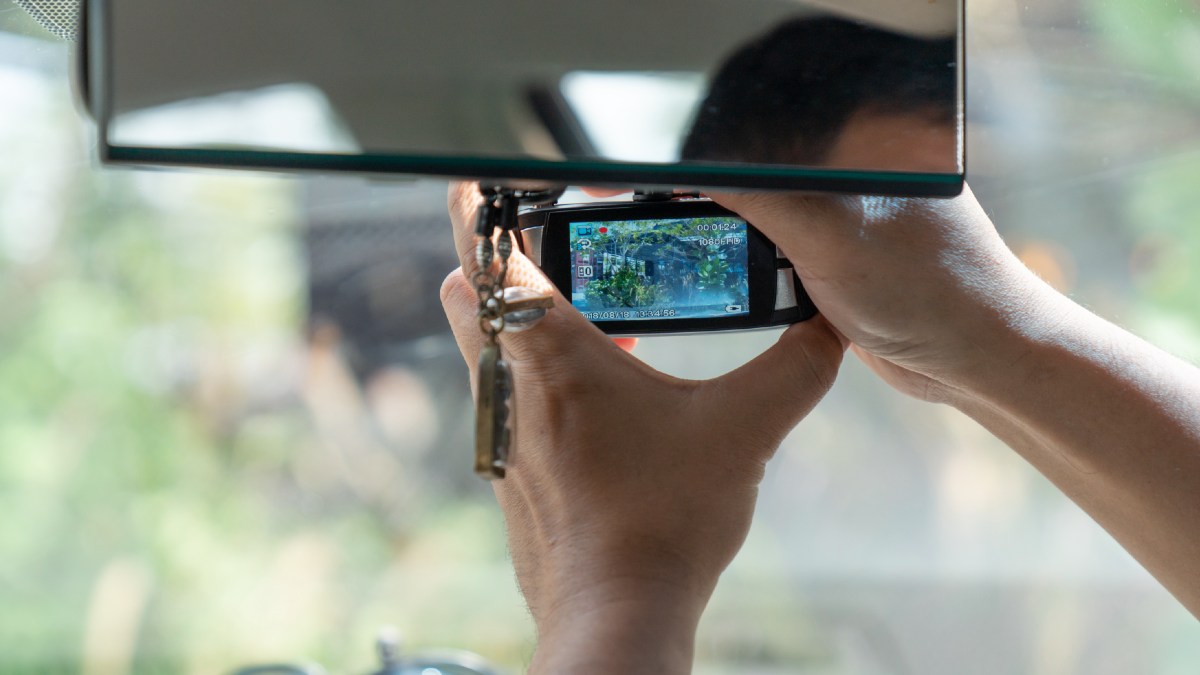Driveway bollards can help deter thieves and provide an extra layer of security. Here’s how to choose the best bollards for your driveway.
Dash cam guide: buying, operation, and road rules

Dash cams have come a long way since their inception. In this guide, we explore everything you need to know about dash cams, from buying one to understanding the relevant road rules.
Dash cams, short for dashboard cameras, have grown in popularity over the past decade as the sizes of the cameras have shrunk and the image quality has improved.
Used for everything from recording driving footage to insurance claims, holiday vlogs, and emergency surveillance, here’s what you need to know about dash cams, including the legalities of owning one.
Are you up to date on Victoria's road rules?
Dash cams: what you need to know
What is a dash cam?
Dash cams (dashboard cameras) are compact video cameras designed to record the view through your vehicle's windscreen. Most models are mounted to the dashboard or on the windscreen behind the rear-view mirror using suction cups or adhesive pads.
How do dash cams work?
Dash cams are rarely powered with their own battery packs. Instead, they're usually powered either through the car's 12V outlet (formerly known as the cigarette lighter socket) or hardwired into the vehicle's fuse box.
When the car turns on, the dash cam typically starts recording automatically. It saves footage in short loops (usually two to five minutes long) onto a microSD card. Some newer dash cams record even while the car is off, in case of an incident. Once the card is full, older footage is overwritten - unless the camera detects a collision or the driver manually saves a clip.
To watch the footage, you can take the memory card out and insert into your computer. Some dash cams may have functions that allow you to play back directly on the device or on your smartphone.
What are integrated dash cams?
Many manufacturers (such as Tesla and Polestar) allow the use of their vehicles' exterior cameras as recording devices.
Some of these vehicles will record to a USB that is inserted into a socket mounted near the rear view mirror. Others, such as the Polestar 4, will record to an SD card.
Recording can be activated automatically in the event of a collision or incident while the vehicle is stationary, or started via a button on the touchscreen.
Are dash cams legal in Victoria?
Dash cams are legal to own and use in all Australian states and territories. In Victoria, there are laws that regulate how and where they can be installed, as well as how the footage can be used.
Dash cam placement and driver visibility
Improper placement of a dash cam could not only be distracting, but could also result in a fine if it interferes with your visibility.
In Victoria, dash cams must be installed so they don’t obstruct the driver's view of the road. Under Rule 266 of the Victorian Road Safety Road Rules, drivers must have a clear view of the road, the surrounding traffic, and pedestrians.
This means dash cams should be mounted discreetly (usually just behind or beside the rearview mirror) so they stay out of your direct line of sight. This includes all cables, power cords, batteries and other accessories.
Dash cam recording audio and privacy laws
Recording video from a dash cam is generally permissible in public areas such as public roads and car parks.
Regarding audio, Victoria’s Surveillance Devices Act 1999 prohibits recording private conversations without the consent of all parties involved. If your dash cam has a built-in microphone, you should inform passengers they're being recorded. Better still, disable audio recording unless absolutely necessary.
Use of dash cam footage
Footage from your dash cam can be submitted to Victoria Police as evidence of dangerous driving, traffic offences, or crashes. In fact, Crime Stoppers Victoria encourages road users to submit video footage of high-risk driving on Victorian roads, which can then be investigated by Victoria Police.
Dash cam videos may also assist with insurance claims and help determine fault in the event of an accident, provided that the footage is clear and timestamped.
Keep in mind that uploading dash cam footage to social media (especially if it identifies other people, vehicle registration plates, or private conversations) could raise legal issues around breach privacy or defamation laws. It's best to submit footage directly to authorities rather than posting online.

Dash cams record what's happening outside the vehicle when the car is in motion. Image: Getty
What are dash cams used for?
There are plenty of reasons why more Australians are fitting dash cams in their vehicles. From daily commutes to weekend road trips, dash cams can be a powerful tool for safety, accountability and even entertainment.
Evidence in an accident
One of the most common uses for dash cams is to provide an unbiased account of what happened during a crash. If you're involved in a collision, dash cam footage can clarify who was at fault, especially in disputes involving swerving, sudden braking, or red-light running. This evidence can be helpful not only for police, but also for your insurance provider.
Deterrence against theft or vandalism
Cameras with parking mode or cabin monitoring can record activity around your vehicle even when it's turned off. If someone scratches your car in a carpark, attempts to break in, or keys your paintwork, you may be able to capture identifying details like a face or number plate to assist police.
Recording road trips
Not all dash cam footage has to be serious. Many drivers enjoy using their dash cams to capture scenic drives. With high-resolution recording, you can save and share beautiful footage from your travels.
Can dash cam footage be submitted with an insurance claim?
Dash cam footage can be submitted with claims related to vehicle insurance to assist in determining who is at fault, particularly if there is a disagreement or difference in views.
When making an insurance claim, you will be asked to explain your version of events, and the use of dash cam footage may be suggested if available.

It's imperative that dash cams are installed safely to meet legal driving requirements. Image: Getty
Which dash cam should I buy?
Dash cams come in a wide range of models, from basic entry-level devices to advanced multi-camera setups. Prices generally range from around $80 for a simple unit to over $500 for high-end models with 4K resolution and cloud connectivity.
When choosing a dash cam, consider the following features:
Video quality (resolution and frame rate)
Clear footage is essential, especially if you need to identify number plates or road signs. Look for a minimum of 1080p (Full HD) resolution, though many premium models now offer 2K or 4K video. A higher frame rate (for example, 60fps) will also help capture smoother footage.
Field of view
A wider-angle lens (typically between 120° to 160°) will capture more of the road, including adjacent lanes and roadside activity. Be cautious with overly wide angles (above 170°), which can distort footage at the edges.
Low-light performance
Night vision or a high dynamic range (HDR) sensor can significantly improve footage quality in low-light conditions, such as during night-time driving or through tunnels.
Storage capacity
Most dash cams record onto a microSD card, which may be sold separately. Look for cameras that support at least 64GB or higher. Some models have loop recording and automatically delete the oldest files when space runs out, but emergency or event recordings should be protected from being overwritten.
Power source and installation
While plug-and-play models use your car's power outlet, hardwired dashcams offer a neater finish and enable parking mode. Professional installation can cost between $150 and $300, depending on your vehicle.
Dual or rear cameras
Consider a dual-channel dash cam to record both front and rear views. This can help in cases where you're rear-ended or need to capture activity behind your vehicle.
Many modern dash cams also include features such as:
- G-sensors- detects sudden acceleration, braking or collisions, then automatically save footage
- GPS tracking - records your speed and location; useful for incident verification
- Parking mode - records even when the engine is off; triggered by motion or impact
- Dual-channel cameras - records both front and rear views for complete coverage
- Wi-Fi or Bluetooth - enables connection to a smartphone app for easy video playback
- Cloud storage - uploads clips directly to the cloud for added security.
How do you install a dash cam?
Dash cams can be mounted on the windshield, usually just behind the rear-view mirror so that you still have a clear view of the road and traffic around you. This can be with a DIY suction cup, or professionally mounted.
If aesthetics are important to you, consider going with the professional who may be able to hide the wiring for the dash cam inside the fabrics of the roof or down the edge of the windshield.
If you're opting for the DIY solutions, remember that VicRoads reports that dashcams "must be securely mounted to the vehicle to ensure that the fitment does not pose a hazard to vehicle occupants or obstruct the driver’s vision".
The information provided is general advice only. Before making any decisions please consider your own circumstances and the Product Disclosure Statement and Target Market Determinations. For copies, visit racv.com.au. As distributor, RACV Insurance Services Pty Ltd AFS Licence No. 230039 receives commission for each policy sold or renewed. Product(s) issued by Insurance Manufacturers of Australia Pty Ltd ABN 93 004 208 084 AFS Licence No. 227678.


